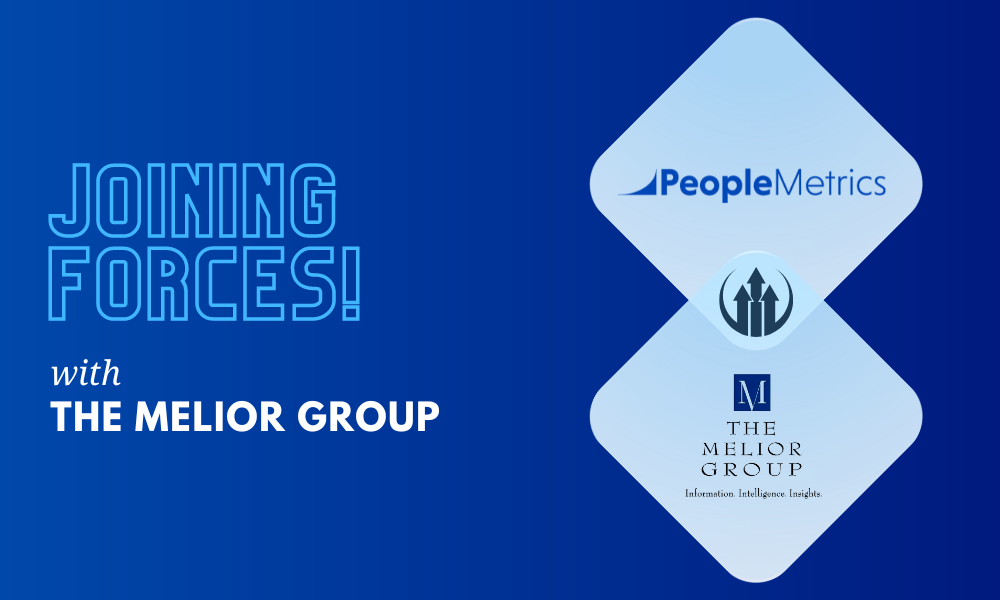If I had a dollar for every company that has a stated goal of delivering an exceptional, differentiated, special, unique, or best-in-class customer experience, I’d be sending my 8th grader to private High School next year!
But, if I had a dollar for each of these companies that has clearly defined what that experience should be, well, we’d be home schooling him.
Seriously, we talk to dozens of organizations across a host of industries every week about their customer experience goals and aspirations, and it is rare to hear a clearly articulated answer to the question about what that experience should be.
The work of articulating your customer experience vision is hard, really hard, but, it can be done. We’ve found that the best way to do it is to begin by figuring out what makes you special, what that looks like in the future, and most importantly, what guiding principles you will follow to ensure you get there. The questions you should be asking yourselves to determine if guiding principles are necessary for your business are:
-
When faced with a business decision, what are the tenets you follow to determine whether that decision is the right one for your customers?
-
Does everyone make decisions using the same process?
Without this clarity even with the most passionate, most customer-centric employees your experience is going to be one that is defined by people who try really hard to do what they think is right, not necessarily what the organization has stated as the goal nor, more importantly, what its customers have said they need.
Key Steps
We have found the below four-step process to work well when starting the hard work of defining the customer experience vision and clarifying the guiding principles:
1) Gain a common understanding and consensus around the starting point.
-
Through employee and customer feedback and existing research, we recommend that companies start by defining the core elements (strengths and challenges) associated with the current experience.
2) Work with leaders to paint a picture of the destination.
-
Through a variety of workshop techniques, get the organization’s leaders to create a picture of the end state – that is to say, when that exceptional, unique, best-in-class experience is being delivered what will clients, employees, leaders and other stakeholders say, feel, and do differently?
3) Define the ‘source of power’ for this unique experience (i.e., the core aspect that will get us from here to there).
-
Leaders and others brainstorm the characteristics of the experience that will be unique to the company in the future – building on core elements in the current DNA – making the source of power aspirational yet realistic.
-
The concepts that appeal to most are fleshed out through mind-mapping and other similar exercises.
4) End by clarifying the tools for navigation (guiding principles).
-
Knowing the ‘source of power’ makes it easier to flesh out the guiding principles, helping the team to create action statements against which all decisions will be considered.
-
Test the statements by taking a recent business decision and applying the guiding principles – see if the decision that was made would have been done differently had these principles been clearly articulated and followed? What would have been different? How would the result have varied?
Below is a great example of how guiding principles have helped Simple Bank to design and deliver a consistent experience that is aligned with their core customer experience promise – or, the source of their power, simplicity.
It’s easy to skip over these steps and get straight to measuring and listening to customers but unless you have clearly articulated the vision and how you’ll get there, you run the danger of focusing on the wrong elements and delivering an inconsistent experience, at best. Inconsistency is the enemy of a great customer experience. With that in mind we’d always recommend that you start with the hard part of setting your compass.
–Kate Feather







